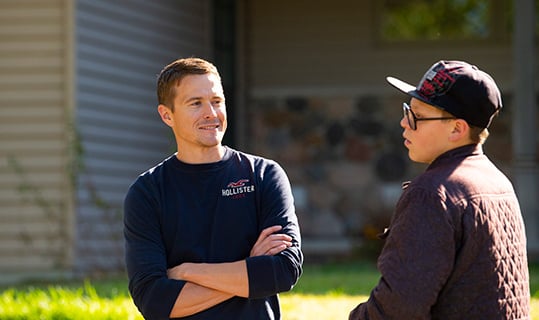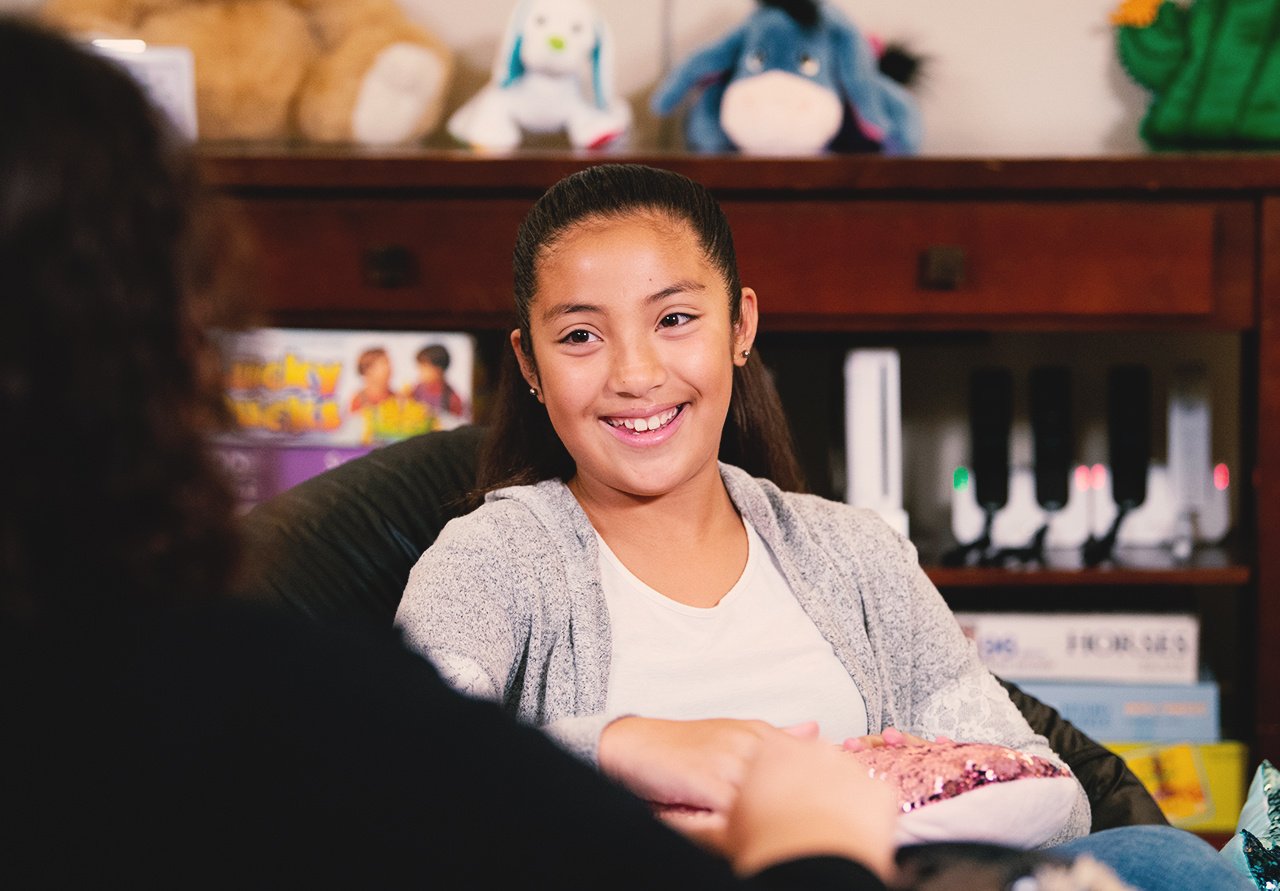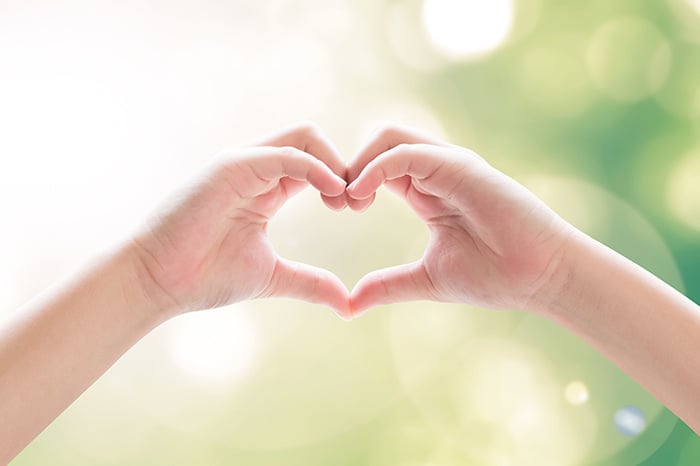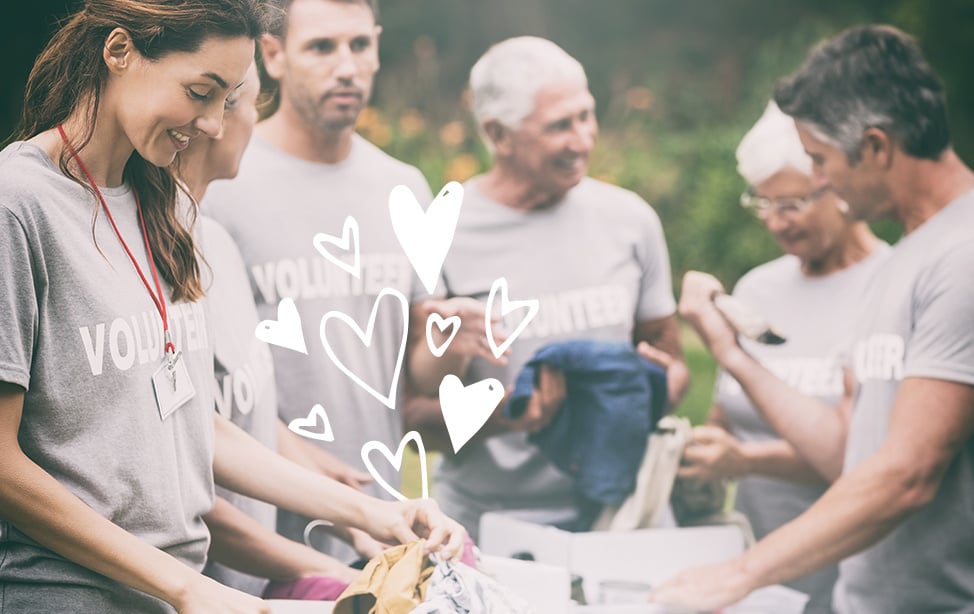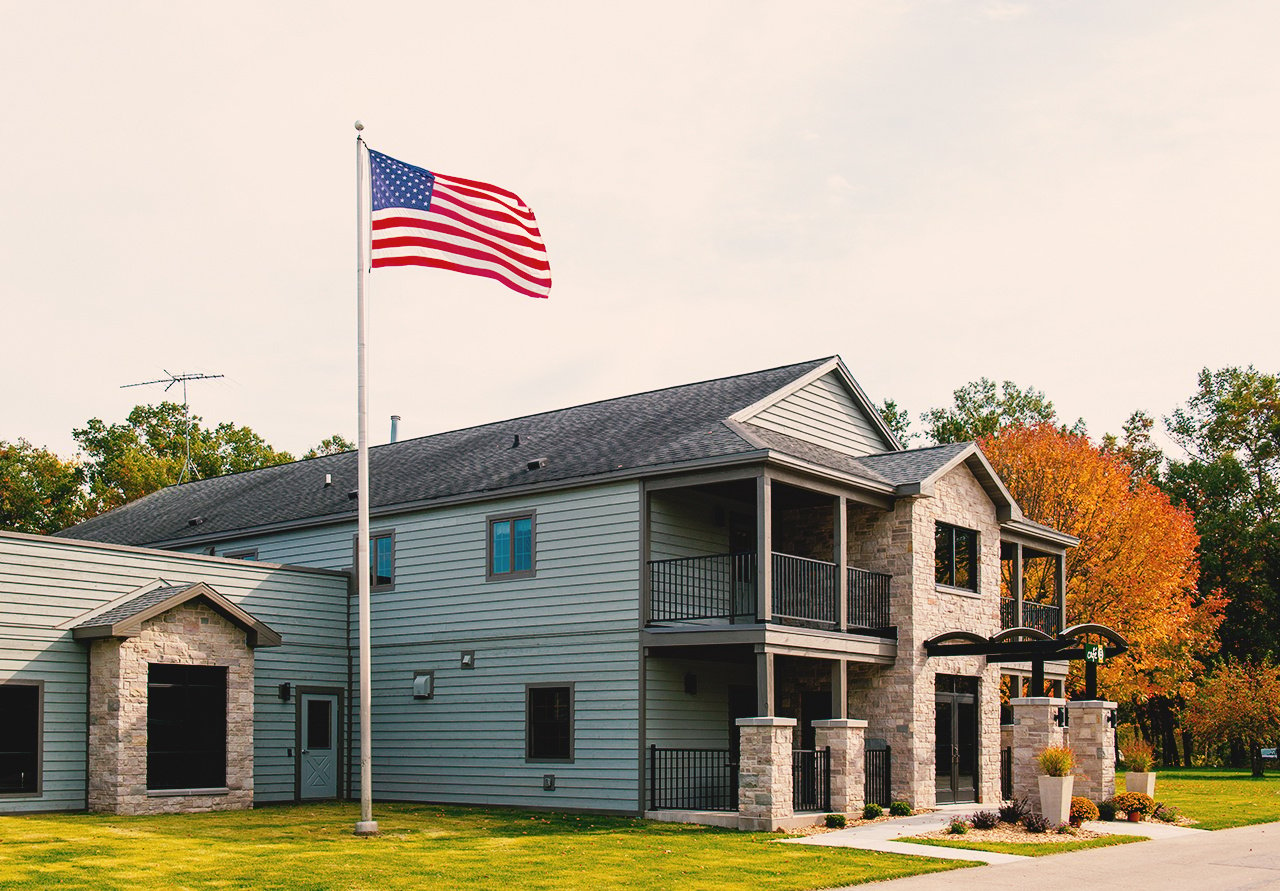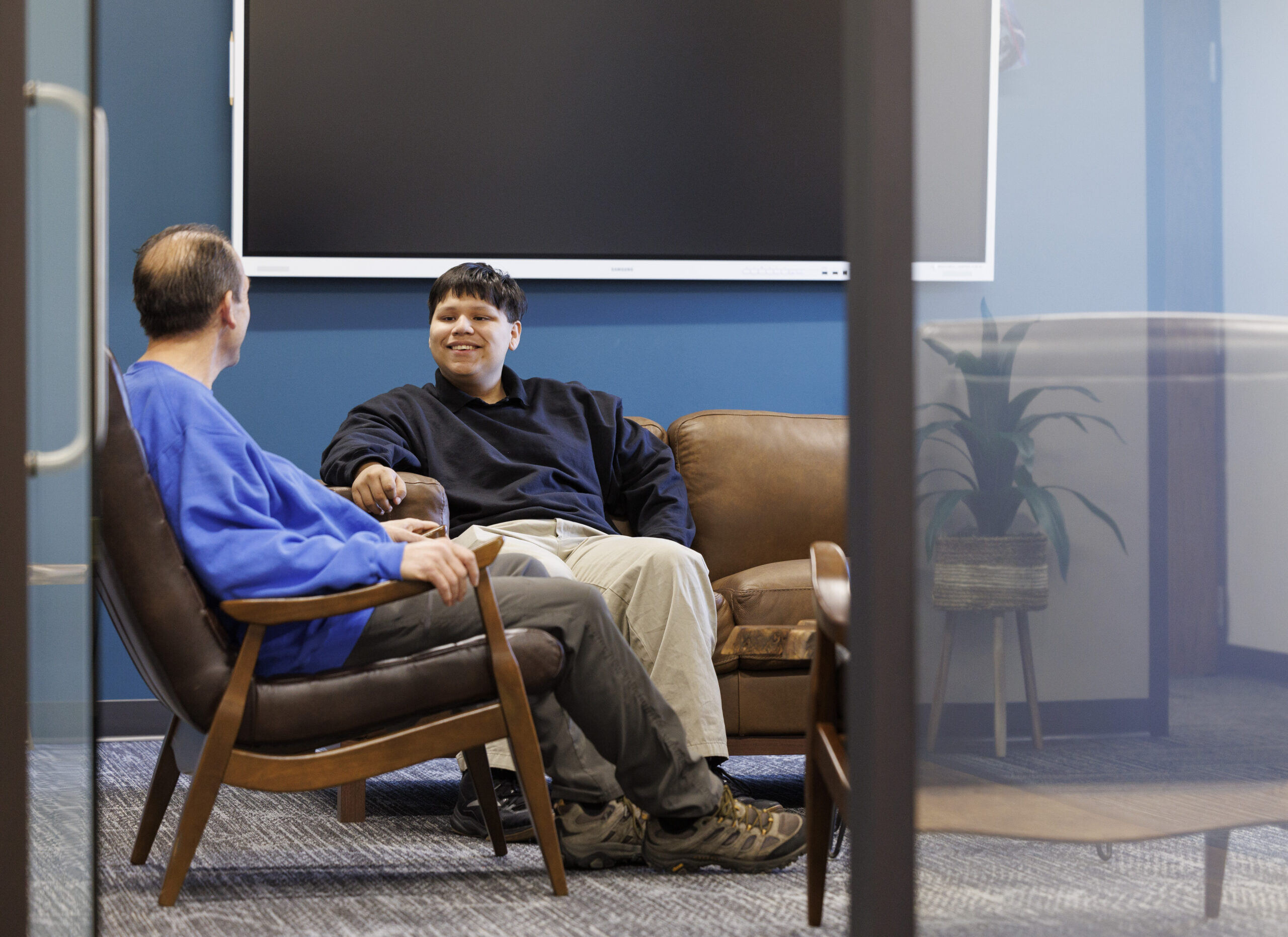.png)
Grieving a loved one is never easy, and it often comes with a practical burden too: sorting through the belongings they’ve left behind. For many families, hosting an estate sale becomes a common solution for clearing out a home. It helps transfer cherished items to new owners and can offer some financial relief during a challenging time.
But even well-attended estate sales rarely sell everything. And what happens to estate sale leftovers — those pieces of furniture, boxes of dishes, clothing, and odds and ends that didn’t find a home — can feel like yet another heavy decision.
This post will guide you through the options for handling what remains and introduce a path that’s not only practical but meaningful: donating to Rawhide Youth Services, an organization that provides life-changing support to at-risk youth across Wisconsin.
What Happens to Estate Sale Leftovers?
Estate sales are designed to move a lot of items in a short amount of time, but they rarely result in a clean sweep. Leftover items might include:
- Automobiles
- Large furniture pieces (which are difficult to transport)
- Dishes, cookware, and glassware
- Clothing and shoes
- Books, magazines, and records
- Wall art and home décor
- Miscellaneous personal items or outdated electronics
At this stage, families often feel pressure to move quickly, especially if a home needs to be sold or cleared by a deadline. The question becomes: What now? Here are the most common options for handling estate sale leftovers:
Storage units
Renting a storage unit offers flexibility. It allows you to press pause and sort through items at your own pace, especially if you’re not ready to make decisions right away. For some, this breathing room is necessary. Just keep in mind that storage fees can add up over time, and without a plan, short-term storage can unintentionally turn into a long-term expense.
Disposal
Sometimes, the simplest option is to clear everything out. Junk removal services, city pickups, or scheduled hauls can make the process fast and easy, particularly for items that are damaged or no longer usable. While disposal works well for downsizing quickly, it’s worth weighing the emotional and environmental impact of discarding items that may still have value or meaning.
Selling individually
Platforms like Facebook Marketplace, Craigslist, or eBay make it easy to connect with buyers directly and can be a great way to extend the estate sale process and earn extra money from unsold items. That said, selling individually requires time and energy: photographing, posting, answering messages, and coordinating pickups. For families balancing grief, work, and other responsibilities, the effort involved may be more than desired.
Donation
Donation offers a thoughtful alternative. It strikes a balance between practicality and purpose, allowing you to part with items in a way that honors their usefulness. When donated to a cause you care about, those belongings can go on to support someone else’s journey. And for many families, that sense of impact can make the process feel more meaningful.
Who Buys Estate Sale Leftovers?
If you're not ready to donate or dispose of the remaining items just yet, you might consider whether someone else would be interested in purchasing them. Depending on what's left, a few post-sale options could offer a way to continue the rehoming process:
Cleanout services and estate liquidators
Some companies offer full cleanout or “buyout” services after an estate sale. They’ll remove the remaining items — sometimes offering a lump sum based on their assessment. These services are typically fast and hands-off, which can be a relief during an emotional time. However, their main priority is efficiency, not necessarily preserving or maximizing the value of what’s left. Items may be resold, donated, or discarded depending on the company's approach.
Resellers and thrift store buyers
Local resellers or vintage pickers sometimes look through estate leftovers for pieces they know they can repurpose or resell. This route can help you move a few more items, but it’s important to set expectations. Resellers tend to be selective, focusing on what fits their market, which means most items may remain with you.
Auction houses or specialty buyers
If your estate includes rare collectibles, antiques, or high-value pieces, reaching out to an auction house or specialist might be worthwhile. However, auction houses tend to be limited to select pieces, rather than the general household goods that often make up the bulk of estate sale leftovers.
While selling what remains can be a helpful step, it’s rarely a full solution. The time, coordination, and emotional energy involved may not always align with what your family needs right now. That’s why many families ultimately turn to donation as a simpler, more meaningful way to let go while still making a difference.
Why Donation is a Meaningful Solution
Donation can help transform grief into generosity. When we lose someone, their belongings become more than just stuff — they carry memories, stories, and emotions, which can make the process of letting go difficult. But donation offers a new perspective: instead of feeling like you're giving something up, you’re passing something meaningful on.
Many families find comfort in knowing that their loved one’s belongings can help others. It’s a way to honor their life and share their legacy. Here’s why donation is often the most meaningful next step:
- It lightens your emotional and physical burden
Sorting, packing, and deciding what to keep can be emotionally exhausting, especially while grieving. Donation gives you a direct path forward, helping you release the weight of indecision and clutter without feeling like you’re discarding something important. - It avoids waste and landfill contribution
Many estate sale leftovers are still in good condition — usable furniture, kitchenware, clothing, and more. Instead of throwing those items away, donating helps reduce landfill waste and extends the life of things that still have value. - It gives items a second life
Every donated item finds a new purpose. A bookshelf becomes part of a youth learning environment. A warm coat helps someone through a harsh winter. Your loved one’s belongings still matter; they simply take on new meaning in a different setting. - It helps someone in need
When you donate to a cause like Rawhide Youth Services, you’re directly supporting individuals facing difficult life circumstances. Your contribution becomes part of a broader mission.
How Rawhide Youth Services helps you simplify the process
If your loved one left behind a vehicle, property, or other major asset, Rawhide Youth Services offers a way to honor their memory while creating real impact for at-risk youth across Wisconsin.
Who we are
Since 1965, Rawhide has served young people with offerings like residential care, equine-assisted therapy, and behavioral job training. Your donation directly supports these programs — helping provide the structure, safety, and support youth need to build brighter futures.
What Rawhide accepts
Rawhide accepts several types of high-value donations that may remain after an estate sale, including:
- Vehicles:
- Cars, vans, and light-duty trucks (always accepted if they have four tires and a clear title)
- Motorcycles, boats with trailers, ATVs, snowmobiles, RVs, and other specialty vehicles (case-by-case basis, depending on condition and location)
- Real estate, including homes, land, or property that can be repurposed or sold to benefit Rawhide programs.
- Stocks, bonds, or mutual funds, can be transferred to Rawhide as a tax-deductible, charitable contribution.
- In-kind goods and services, such as office supplies, medical or professional services.
How the donation process works:
- Start by contacting us through our contact page or fill out our donation form.
- We’ll guide you through the next steps, whether that means coordinating a drop-off or helping you schedule a pickup (available in select areas).
- You’ll receive a donation receipt upon request for your tax records.
Whether you're donating a car, property, or another asset, your gift helps provide a safe and nurturing environment where our community can heal, grow, and thrive.
Consider Donation as Part of End-of-Life Planning
While much of this post focuses on what to do after a loved one’s passing, donation can also be a meaningful part of your own long-term planning. If you’re organizing your own affairs or updating your will, consider how you might incorporate charitable giving into your estate. It’s a way to pass on not just possessions, but purpose.
Planned giving is one example of how you can support Rawhide’s mission in a lasting way. These gifts often cost nothing during your lifetime but can have a deep impact on the next generation. Options include:
- A bequest in your will
- Naming Rawhide as a beneficiary on a retirement or life insurance account
- Establishing a charitable trust or annuity
These types of legacy gifts help Rawhide continue its work for years to come, supporting future generations with the tools and care they need to succeed.
Turn Estate Sale Leftovers Into Lasting Good with Rawhide
Sorting through a loved one’s belongings is never easy. It’s a task that asks you to make decisions both logically and emotionally, often while your heart is still heavy. And when the estate sale ends, the journey isn’t always over. But donation can create a path forward that’s simple, purposeful, and healing.
Donating to Rawhide Youth Services helps you move through the healing process with grace. You’ll simplify your next steps while helping youth across Wisconsin rebuild their lives with dignity and care.
Whether you’re handling an estate today or planning for the future, your actions can create a ripple effect of hope. Even in loss, there is a way to give forward and it starts with what’s left behind. Contact Rawhide to start the donation process today.

